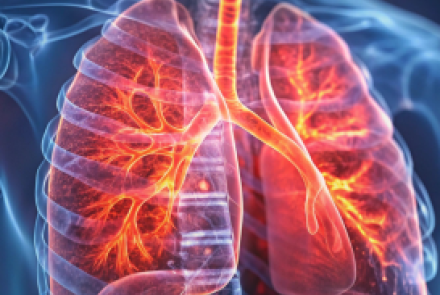How can you tell a routine headache from a headache that signifies a bigger problem?
Almost everyone feels the throb or tightness of a headache from time to time. Headaches are one of the most common medical complaints, but they can be complicated to manage. In some instances, a headache may indicate something more serious that needs medical attention. “Usually, people with a history of headaches know them well,” says Andrew Erian, MD, a neurologist with Highland Medical Rockland Neurological Associates in West Nyack, NY. “What’s more concerning are headaches that aren’t like any headache you’ve had before. This is why understanding the different types, causes, and treatments can help to manage them effectively.”
Headaches can be classified into two main categories: primary and secondary.
Primary Headaches: These are not caused by another medical condition and include:
• Tension Headaches: The most common type, a tension headache causes dull, constant pain, typically across the forehead or the back of the head and neck, that feels like a tight band around the head.
• Migraines: Intense, often debilitating pain, usually on one side of the head, often accompanied by nausea, vomiting, or sensitivity to light and sound. Migraines may also have an “aura” (visual disturbances) before the headache begins.
• Cluster Headaches: Severe, unilateral pain that occurs in clusters or groups (sometimes multiple headaches a day over some time), often accompanied by eye watering or nasal congestion.
• Trigeminal Neuralgia: Severe, shock-like pain affecting the face, usually on one side, triggered by light touch or movement.
Secondary Headaches: These are caused by another underlying health issue, such as:
• Sinus Headaches: Pain due to inflammation or infection in the sinuses. Deep, dull pain in the forehead, cheeks, or around the eyes, often accompanied by sinus pressure and congestion.
• Rebound Headaches: Caused by the overuse of pain medications, like ibuprofen or acetaminophen.
• Headaches due to dehydration: Low fluid intake or dehydration can trigger headaches.
• Cervicogenic Headaches: Caused by issues in the neck or spine.
• Headaches related to tumors, stroke or meningitis: More serious and rarer causes of secondary headaches.
Common Triggers
Headaches, particularly migraines and tension headaches, can be triggered by stress and anxiety or worsened by foods like chocolate, cheese, caffeine, alcohol and processed foods. Poor sleep or not drinking enough water can also cause or exacerbate headaches. Other triggers might be hormonal fluctuations, particularly in women during menstruation, pregnancy or menopause. Environmental factors such as bright lights, loud noises and strong odors may trigger a headache.
Diagnosis and Treatment
If headaches are frequent, severe, or unusual, see a healthcare provider to review your medical history and conduct a physical exam to check for neurological signs. Regular sleep, hydration, stress management techniques (like yoga or meditation), and a balanced diet can help manage headache frequency and severity. In some cases, imaging tests like an MRI or CT scan may be ordered to rule out structural problems or tumors.
Treatment can vary depending on the type and severity of the headache. For mild headaches, over-the-counter pain relievers such as ibuprofen or acetaminophen can be effective. For more severe cases like migraines, beta-blockers, CGRP antagonist medications, calcium channel blockers, Botox, antidepressants or anticonvulsants may be prescribed. Other preventive treatments may include acupuncture or physical therapy.
When to Seek Medical Attention
While most headaches are not dangerous, certain warning signs require immediate medical attention.
• A sudden, severe headache that hits like a thunderclap should be considered a medical emergency. This may signify a brain bleed caused by an abnormality in the blood vessel system such as an aneurysm or ruptured blood vessel.
• Headaches that are accompanied by neurological symptoms, like confusion, weakness on one side, numbness, vision changes or difficulty speaking.
• A headache that worsens over time or does not respond to standard treatments.
• A headache that begins after a head injury or a fall is followed by symptoms like vomiting or loss of consciousness.
Preventive Measures
To reduce the frequency or severity of headaches, keep a headache diary to track triggers and patterns. Persistent headaches that you can’t relieve with conventional remedies should be evaluated. If steps like rest, hydration and taking over-the-counter pain medications, such as acetaminophen or ibuprofen don’t help after a week, or your headaches keep getting worse, don’t hesitate to discuss it with your doctor. Even though they’re common, headaches are worth investigating if they concern you.






